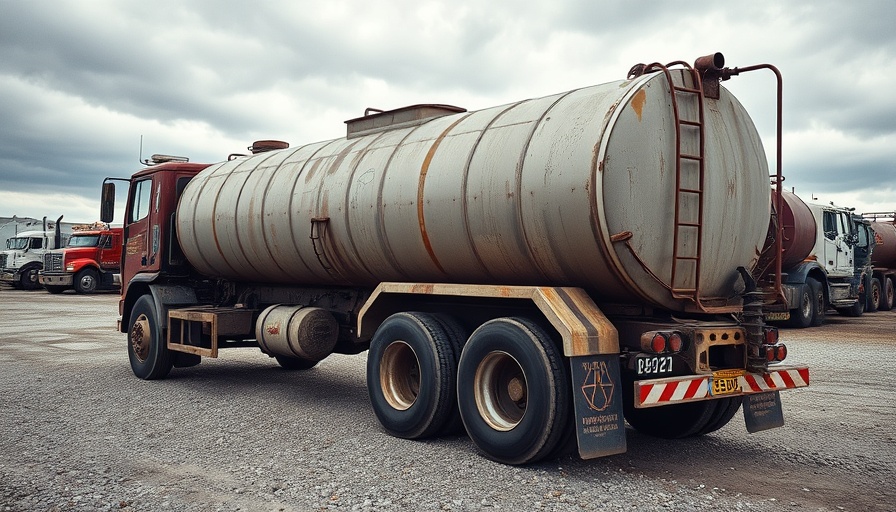
Understanding Heat Stress: A Silent Threat in the Workplace
As the temperatures rise with the arrival of summer, the risk of heat stress becomes a critical concern, especially for business owners and facility managers. It's easy to slip into complacency and overlook the importance of monitoring workplace temperatures and ensuring employees’ wellbeing. Today, I took a moment to reflect on my own experience, realizing how vital it is to proactively address heat stress in our working environments.
The Impact of Heat Stress on Employee Wellbeing
Heat stress can significantly affect worker performance and health. Symptoms range from fatigue and dizziness to more severe conditions like heatstroke. For employers, neglecting heat stress can not only lead to accidents but also impact productivity and employee morale. With climate change making summers more extreme, now is the time for businesses to prioritize heat safety measures within their workplaces.
Key Strategies to Combat Heat Stress
So what can business leaders do to mitigate heat stress? Here are a few practical strategies:
- Regular Temperature Monitoring: Keeping a close eye on both indoor and outdoor temperatures can help decision-makers act before conditions worsen.
- Hydration Stations: Providing easy access to water can encourage employees to stay hydrated, which is crucial during the hotter months.
- Regular Breaks: Implement scheduled breaks to allow workers to cool off and rehydrate. This simple measure can make a significant difference in combatting fatigue.
- Training and Awareness: Educate employees about the symptoms of heat stress and the importance of reporting any discomfort they may feel. An informed team is crucial for maintaining safety.
Community Responsibility and Ethical Practices
Moreover, being conscious of heat stress is not just about protecting employees; it reflects a business’s commitment to community wellbeing. Businesses that prioritize health and safety establish themselves as responsible leaders in their communities, which can also increase their bottom line through employee retention and positive public perception.
Innovative Solutions for Summer Heat
With technology continuously evolving, there are also innovative tools available that help mitigate heat stress. From wearable technology that monitors body temperature and hydration levels to climate control systems that optimize indoor conditions, utilizing these advancements can enhance workplace safety and performance.
Conclusion: Taking Action Today
As we embrace the warmer weather, let's not forget our responsibility to maintain a healthy work environment. Heat stress is a serious issue that can have dire consequences if ignored. By implementing actionable strategies, businesses can foster a climate of safety and care. Let’s prioritize the health of our workforce this summer and embrace the changes necessary to make our spaces not only productive but safe. Are you ready to make your workplace safer this summer?
 Add Row
Add Row  Add
Add 




Write A Comment